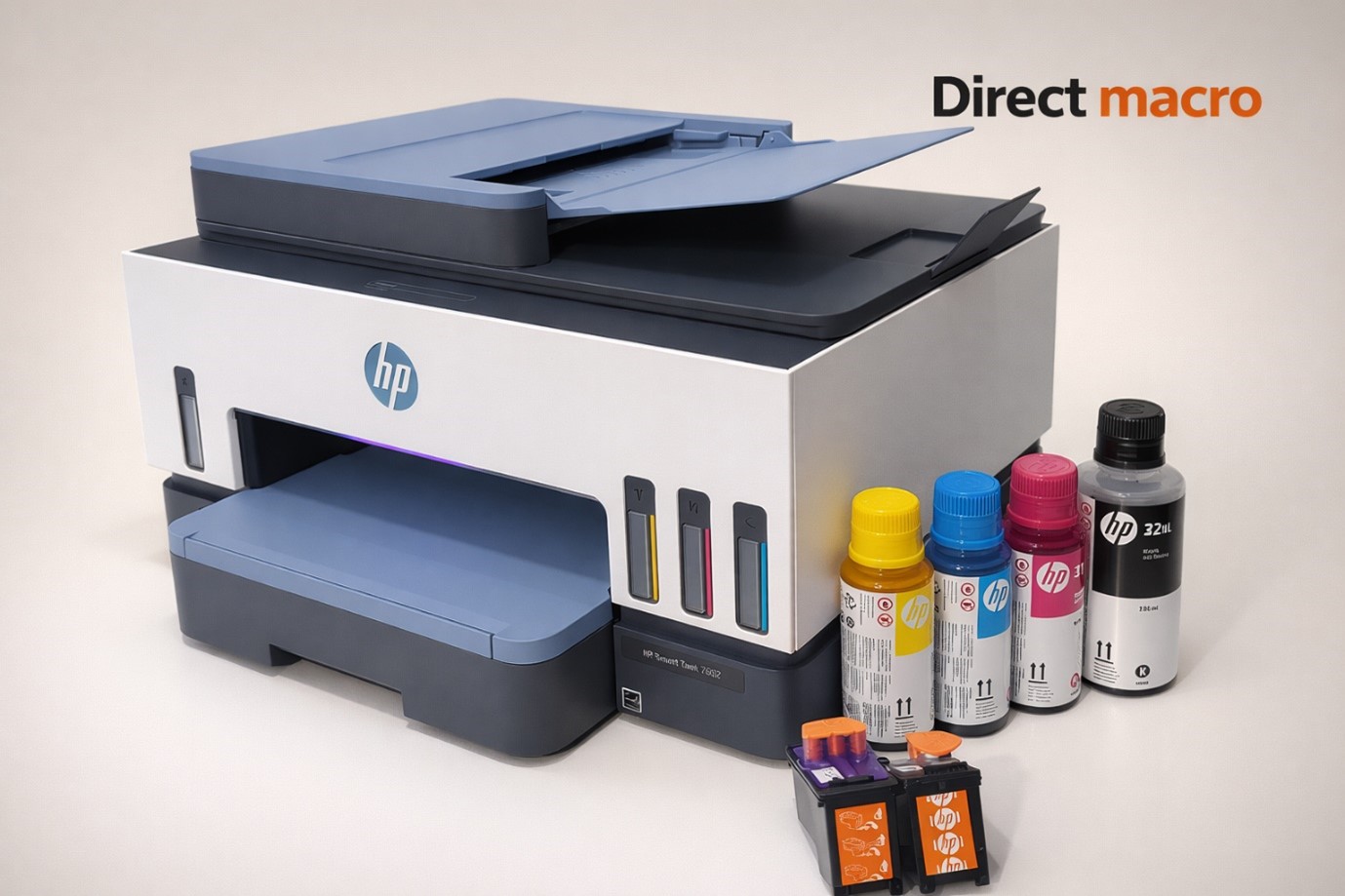How to Reset Graphics Card Driver and Fix Display Issues
Having trouble with your computer’s display? Is your screen flickering, freezing, or showing other graphical glitches? These problems often stem from faulty graphics drivers. Fortunately, there’s no need to panic. This guide will provide a step-by-step explanation of how to identify issues with your graphics card, comprehend the reasons and timing for resetting drivers, and execute a successful reset of your graphics card.
Identifying Graphics Card Problems
Display Freezing and Stuttering
One of the most common symptoms of a graphics card issue is when your display freezes or stutters. This can happen while gaming, watching videos, or even during regular use. The root cause is often a malfunctioning graphics driver.
Unexpected Loud Noises from the GPU
If your GPU starts making deafening noises, it could indicate a hardware issue or that the graphics card is under excessive stress. This noise often comes from the cooling fans working overtime due to overheating or driver issues.
Visual Artifacting and Distorted Images
Artifacting refers to the presence of visual glitches, such as strange colors or shapes, on your screen. This is usually a sign of driver corruption or a failing GPU.
Frequent Application and System Crashes
When your system or applications crash frequently, especially when engaging in graphic-intensive tasks, the graphics driver might be at fault. This can cause significant disruption and indicates that a GPU driver reset or update is necessary.
Reasons to Reset Graphics Card Drivers
Performance Degradation and Lag
Over time, graphics drivers may experience corruption or obsolescence, resulting in performance degradation and lag. Resetting the drivers can restore the default settings, which will improve the performance.
Installation of New Hardware or Upgrades
When upgrading to a new GPU, it is necessary to reset the drivers in order to assure compatibility and optimal performance. This procedure facilitates the elimination of any contradictory configurations from prior hardware.
Resolving Cache and Configuration Errors
Display difficulties might arise from corrupted cache files and incorrect GPU settings. Resetting the graphics drivers can eliminate these caches and restore the configurations to their original settings, thus fixing numerous frequent issues.
Addressing Corrupted Driver Issues
Occasionally, automated updates may install drivers that have become damaged or faulty. Resetting the graphics card drivers enables you to revert to a stable version or install a new copy in order to resolve problems caused by these upgrades.
Read More: Best Budget Graphics Cards 2024
Methods to Reset Graphics Card
Keyboard Shortcut for Quick Driver Reset
The quickest way to reset graphics driver shortcuts is the Win + Ctrl + Shift + B keyboard shortcut. When you press these keys simultaneously, your screen will go black momentarily, and you might hear a beep, indicating the reset process has started. This method effectively resolves minor display issues like freezing or flickering without closing any open applications or losing your work. Additionally, if you’re wondering how to refresh your graphics card, this shortcut serves as an efficient solution for such problems.
Updating Graphics Drivers to the Latest Version
Keeping your graphics drivers up-to-date can resolve many performance and compatibility issues. Here’s how to reset graphics driver:
- Via Device Manager:
- Open Device Manager by right-clicking the Start menu and selecting it from the list.
- Expand the “Display adapters” section.
- Right-click your graphics card and select “Update driver”.
- Choose “Search automatically for updated driver software”.
- Using Manufacturer Software:
- Visit the manufacturer’s website (NVIDIA, AMD, Intel).
- Download the latest driver for your specific graphics card model.
- Follow the installation instructions provided on the website.
Uninstalling and Reinstalling Graphics Drivers
For persistent issues, uninstalling and reinstalling your graphics drivers might be necessary. This method ensures that corrupted driver files are completely removed before installing fresh ones.
- Using Device Manager:
- Open Device Manager.
- Expand “Display adapters”.
- Right-click your graphics card and select “Uninstall device”.
- Restart your computer. Windows will automatically reinstall the default graphics driver.
- Using Display Driver Uninstaller (DDU):
- Download and install DDU from its official website.
- Run DDU and select “Clean and restart”.
- Follow the on-screen instructions to complete the process.
DDU provides clean removal of all driver files, which can be particularly useful for resolving deep-seated driver issues.
Resetting Graphics Driver via PowerShell Commands
Advanced users can reset their graphics driver using PowerShell commands. This method requires administrative privileges and some familiarity with command-line operations.
- Open PowerShell as an administrator.
- Enter the following command:
Get-WmiObject win32_VideoController | ForEach-Object { $_.Reset() }
- Press Enter to execute the command.
This command resets the graphics driver and can be helpful for troubleshooting more complex driver-related issues.
Using Task Manager for Driver Reset
Sometimes, you can reset the graphics driver through Task Manager:
- Press Ctrl + Shift + Esc to open the Task Manager.
- Find and select the process associated with your graphics driver (e.g., “NVIDIA Container”).
- Right-click and choose “End task”.
- Restart your computer to allow Windows to reinitialize the graphics driver.
This method can resolve minor issues caused by driver process failures.
Resetting Drivers through Graphics Card Settings Panel
Graphics card manufacturers provide control panels that allow users to reset driver settings. The specific steps can vary depending on the brand of your graphics card:
- NVIDIA:
- Open NVIDIA Control Panel.
- Navigate to “Manage 3D settings”.
- Click on “Restore Defaults”.
- AMD:
- Open AMD Radeon Settings.
- Go to “Preferences”.
- Click on “Restore Factory Defaults”.
- Intel:
- Open Intel Graphics Control Panel.
- Go to “Options and Support”.
- Click on “Restore Defaults”.
Using these panels ensures that your graphics card settings are reset to their default configurations, which can resolve many driver-related issues.
Read More: How to Update AMD & Nvidia Drivers
Resetting Graphics Card from BIOS/UEFI Settings
For a more thorough reset, you can use BIOS/UEFI settings:
- Restart your computer and enter the BIOS/UEFI setup (usually by pressing Del or F2 during boot).
- Navigate to the settings related to your graphics card.
- Select the option to reset or restore default settings.
- Save and exit the BIOS/UEFI setup.
Read More: What Graphics Card Do I Have
Advanced Troubleshooting if Resetting Doesn’t Work
Cleaning Dust and Ensuring Proper Ventilation
Dust accumulation inside your computer can lead to overheating, which may cause your graphics card to malfunction. Regular cleaning helps maintain proper airflow and cooling. Use a can of compressed air to gently blow dust off the GPU, fans, and other components. Turn off the computer before cleaning. Avoid using a vacuum cleaner, as it can generate static electricity that might damage your components. Keeping your system clean can prevent overheating and prolong the lifespan of your hardware, ensuring you don’t need to frequently reset graphics card settings due to performance issues.
Checking and Reconnecting Cables
Loose or improperly connected cables can lead to display issues. Check all cables connected to your graphics card and monitor are secure. Sometimes, simply reseating the cables can resolve connectivity problems. Additionally, check the power cables connected to the GPU to ensure they are firmly in place and providing the necessary power.
Ensuring System Software is Up-to-Date
Keeping your operating system, drivers, and BIOS/UEFI firmware up-to-date is crucial for maintaining compatibility and performance. Regular updates include patches and fixes for known issues that can affect your graphics card.
Updating Windows:
- Press Win + I to open Settings.
- Navigate to “Update & Security”.
- Click “Check for updates” and install any available updates.
Updating BIOS/UEFI:
- Visit your motherboard manufacturer’s website.
- Download the latest BIOS/UEFI firmware.
- Follow the provided instructions to install the update.
Installing the Latest Graphics Card Firmware
Graphics card manufacturers occasionally release firmware updates to address specific issues and improve performance. Visit the manufacturer’s website (NVIDIA, AMD, Intel) to check for any available firmware updates for your graphics card model. Download and install these updates according to the instructions provided on their site. This step can resolve issues that driver updates alone might not fix.
FAQs
How do I reset my graphics driver?
To reset your graphics driver, you can use the keyboard shortcut Win + Ctrl + Shift + B. This combination restarts the driver and temporarily turns your screen black, which can fix many display issues without closing any of your open programs. This method is quick and does not require administrative privileges.
Alternatively, you can reset the graphics driver through Device Manager:
- Right-click the Start menu and select “Device Manager.”
- Expand the “Display adapters” section.
- Right-click your graphics card and select “Uninstall device.”
- Restart your computer, and Windows will automatically reinstall the graphics driver.
How to factory reset NVIDIA graphics card?
To factory reset an NVIDIA graphics card, follow these steps:
- Right-click on your desktop and select “NVIDIA Control Panel.”
- In the Control Panel, navigate to “Manage 3D settings.”
- Click on the “Restore Defaults” button at the bottom right corner of the window.
This process will reset all NVIDIA settings to their default values, which can help resolve issues related to custom configurations that might be causing problems.
What is the shortcut for refreshing the GPU?
If you’re wondering how to restart GPU, this shortcut provides a quick and effective method:
The shortcut to refresh your GPU (graphics processing unit) driver on Windows is Win + Ctrl + Shift + B. This command restarts the graphics driver, which can help clear up minor issues such as screen flickering or stuttering without closing any of your running applications.
How do I check for graphics card updates on Windows 11?
To check for graphics card updates on Windows 11:
- Using Device Manager:
- Right-click the Start menu and select “Device Manager.”
- Expand the “Display adapters” section.
- Right-click your graphics card and select “Update driver.”
- Choose “Search automatically for drivers.” Windows will search for and install any available updates.
- Using Manufacturer Software:
- For NVIDIA: Open the NVIDIA GeForce Experience application, go to the “Drivers” tab, and click “Check for updates.”
- For AMD: Open the AMD Radeon Settings application, go to the “Updates” tab, and click “Check for updates.”
- For Intel: Use the Intel Driver & Support Assistant to check for and install the latest updates.
Do you need advice on buying or selling hardware? Fill out the form and we will return.

Sales & Support
(855) 483-7810
We respond within 48 hours on all weekdays
Opening hours
Monday to thursday: 08.30-16.30
Friday: 08.30-15.30








